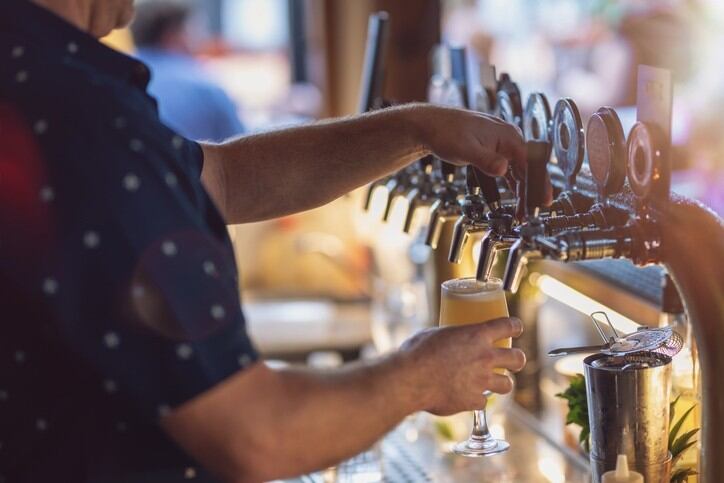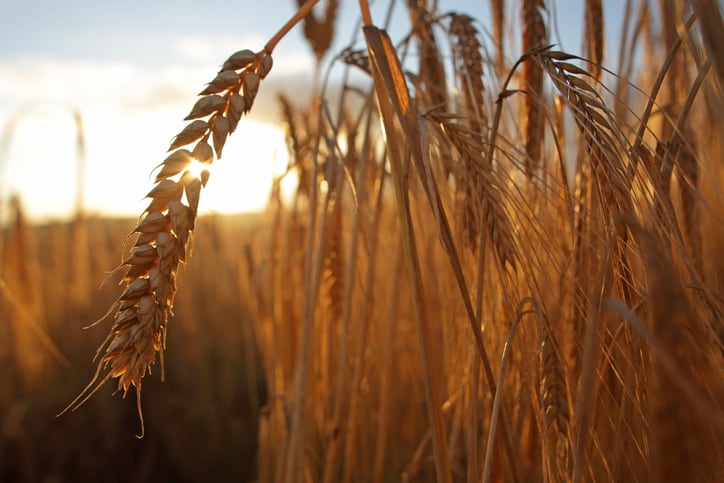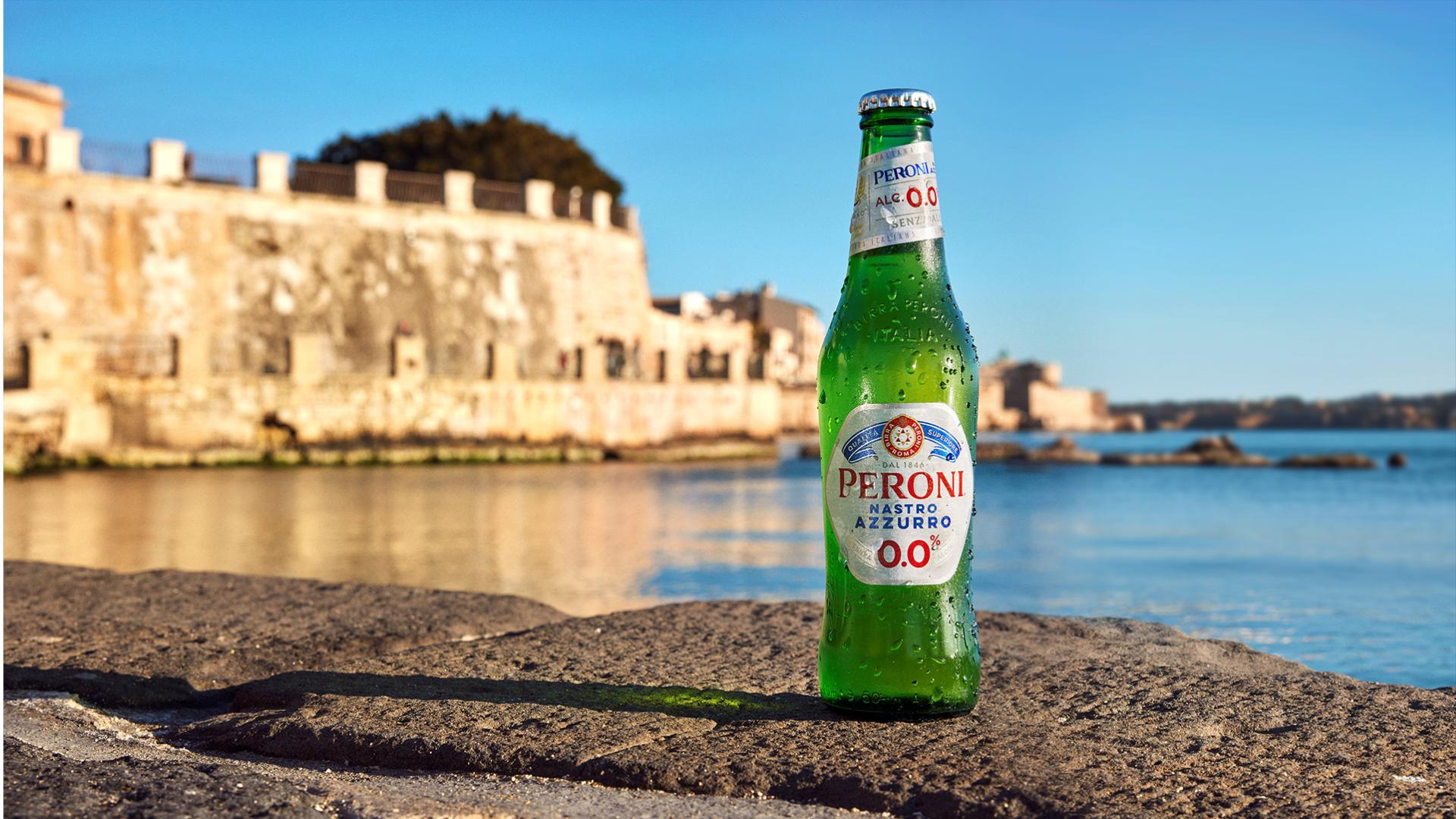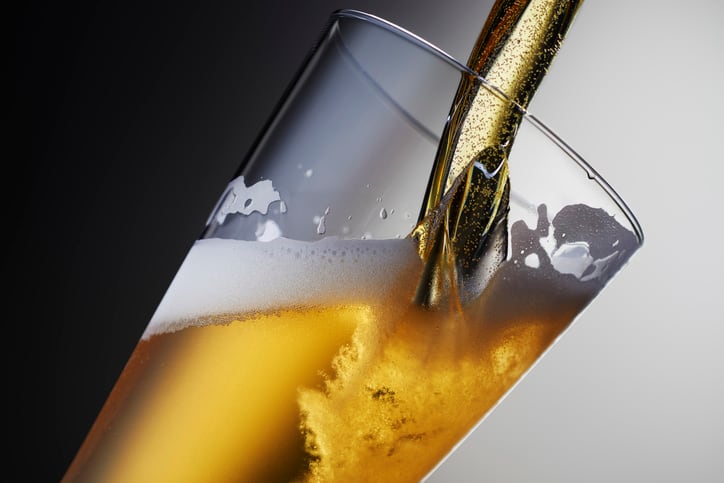This is a fascinating time for innovation in the alcohol category. There are new products, new tastes, new drinking occasions and new options emerging, that tap into wider cultural shifts around moderation, control, and strength.
People haven’t stopped ‘going out out’ but the dynamics are shifting, significantly.
A 'cleaner living' generation
Gen Z’s evolving attitude towards alcohol is having a big impact. According to a recent report by Bloomberg, this new trend of cleaner living has already resulted in the loss of £14bn in “Sin Taxes’ - tax revenues raised from the likes of tobacco and alcohol - for the UK Treasury. Beverage brands are innovating within the low and no alcohol category to capitalise on the spending power of a cleaner living generation.
There are lots of factors at play which are influencing this changing behaviour.
One of the most significant, for brands and businesses, is a rising ‘performance-based mindset’; a culture of people wanting to do more with their time and being unprepared, at key moments, to compromise on this.
The shift opens lots of possibilities for beverage brands and is helping to fuel new trends like natural energy drinks and functional drinks. This blurring of the lines between supplements, health drinks, exercising and socialising is forcing brands to think really hard about, what we call, their functional point of brilliance.
Energy drinks start-up PerfectTed recently secured five offers on Dragon’s Den with their matcha green tea-powered energy drinks business, with a key selling point of avoiding the negative side effects of caffeine and sugar. People want beverages that taste great and do them good.
Positioning is key for brands hoping to stay competitive and those who will do well will create soft drink alternatives that are more interesting, bold, and novel. This means more adult flavours, ingredients, and processes.
We recently helped Heineken launch a new ‘brewed soft drink’ in Brazil, called CLASH’D, which offers drinkers more depth and substance, compared to standard soft drinks. Playing with the process, like this brewing example, will open up new and better alternatives to alcohol, both on trade and off trade, for people who want something a bit different.
Non-alcoholic beer has also exploded in popularity, driven by the global success of Heineken 0.0, but fuelled by other brands looking to reposition zero alcohol. Lucky Saint has grabbed attention by being the official partner of Dry January. They bring an element of mischief and irreverence to the category, using subversive branding and marketing that feels fun and packed with attitude.
The intention is clear; to give people a non-alcoholic alternative that packs a punch and has some edge. They have recently backed this up by opening their headquarters-come-pub in London, moving into the on-trade zero-alcohol pub strategy, and trying to create a go-to destination built around the shifting culture.
Newer non-alcoholic drinking occasions will also increasingly focus around food, with drinks that complement meal occasions and options. Non-alcoholic wine is tipped to make a breakthrough, with experts predicting steady growth over the next five years.
Fruitier, sweeter propositions like Amstel’s citrus based Radler Fris 0.0, Jukes Cordialities, mini mixers and Drynks Unlimited Smashed Lager are all making a play for that lighter, brighter, summer food occasion.
Despite changing attitudes, people are still socialising and want an elevated experience. Hard seltzers like those created by White Claw, or mid-strength beers like Beavertown’s Super Session Nanobot Mid Strength offer the same buzz of traditional options, albeit in a lighter format. New drinking occasions require new products and beverages that feel indulgent or offer tangible benefits.
A recent article from the Washington Post went as far as to discuss the benefits of non-alcoholic beer in comparison to standard sports recovery drinks - exploring the social aspect of exercising, and the post-sport tradition of enjoying a pint, highlighting the opportunity for brands to tap into the increasing amount of health-conscious consumers. Protein beer anyone? Check out UK brand Lifted Drinks for your recovery lager, post run.
Opting for no/low alcohol has become normalised, and to align with people’s priorities and an evolving culture it will be crucial for brands to tap into this market in a way that feels engaging and unique. The beverages category offers almost limitless potential for innovation, but brands will need to be bold to stand out and must be willing to trail-braze with all new products and propositions to stay relevant.
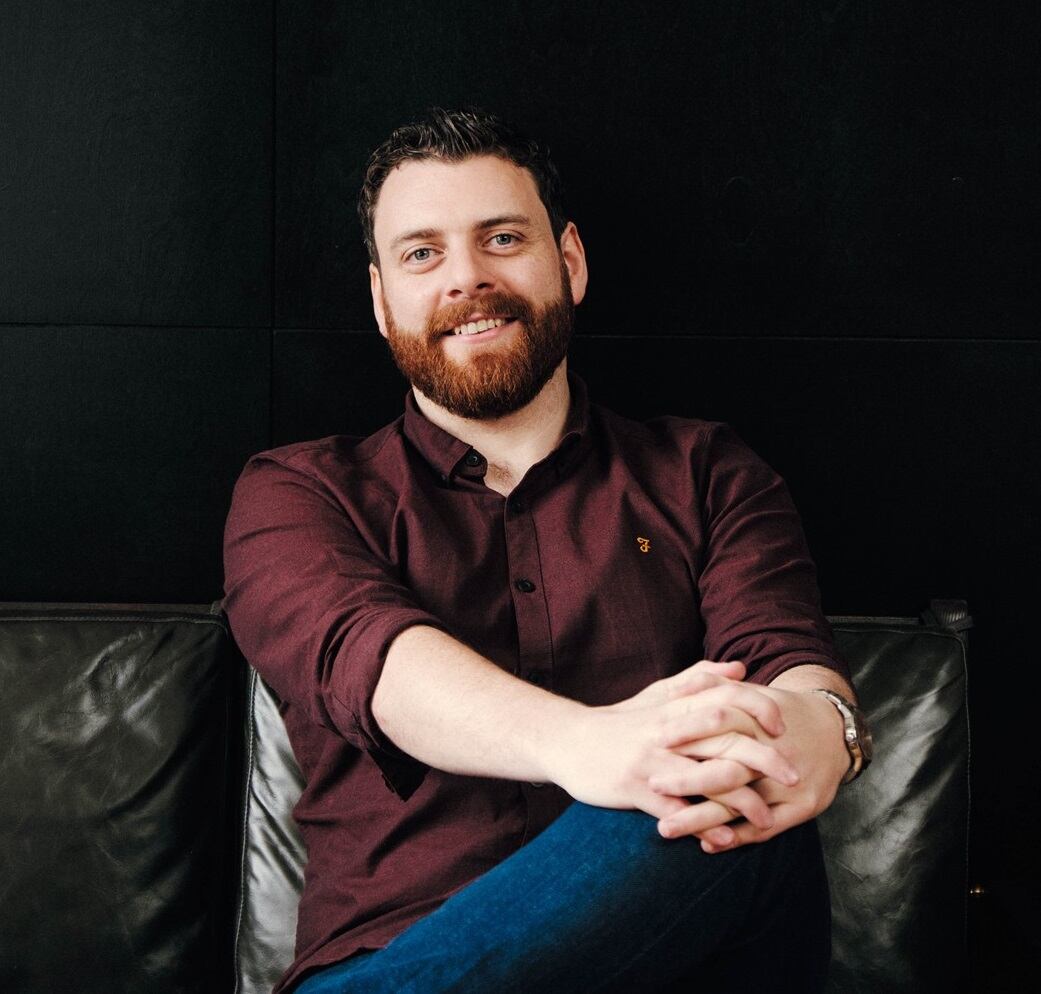
About the author: Lee Geraghty is a Partner and jump!’s Head of Market in the UK. He has over 15 years’ experience in brand strategy, insight and innovation and is responsible for leading the growth of the agency and team, in London.
He leads global projects across several categories and sectors, including food and drink, sport, entertainment, technology, betting and gaming, fashion and youth culture.
Lee has worked on global innovation and strategy projects for clients like Heineken, Nestle Waters USA, Jameson / Pernod Ricard, DAZN, Red Bull, Red Bull F1 Racing, adidas, Kellogg’s, Honda, Thai Union, McDonald’s, Tommy Hilfiger. He specialises in helping brands understand emerging human needs and cultural opportunities, and creating original strategies and concepts that help drive breakthrough growth.

